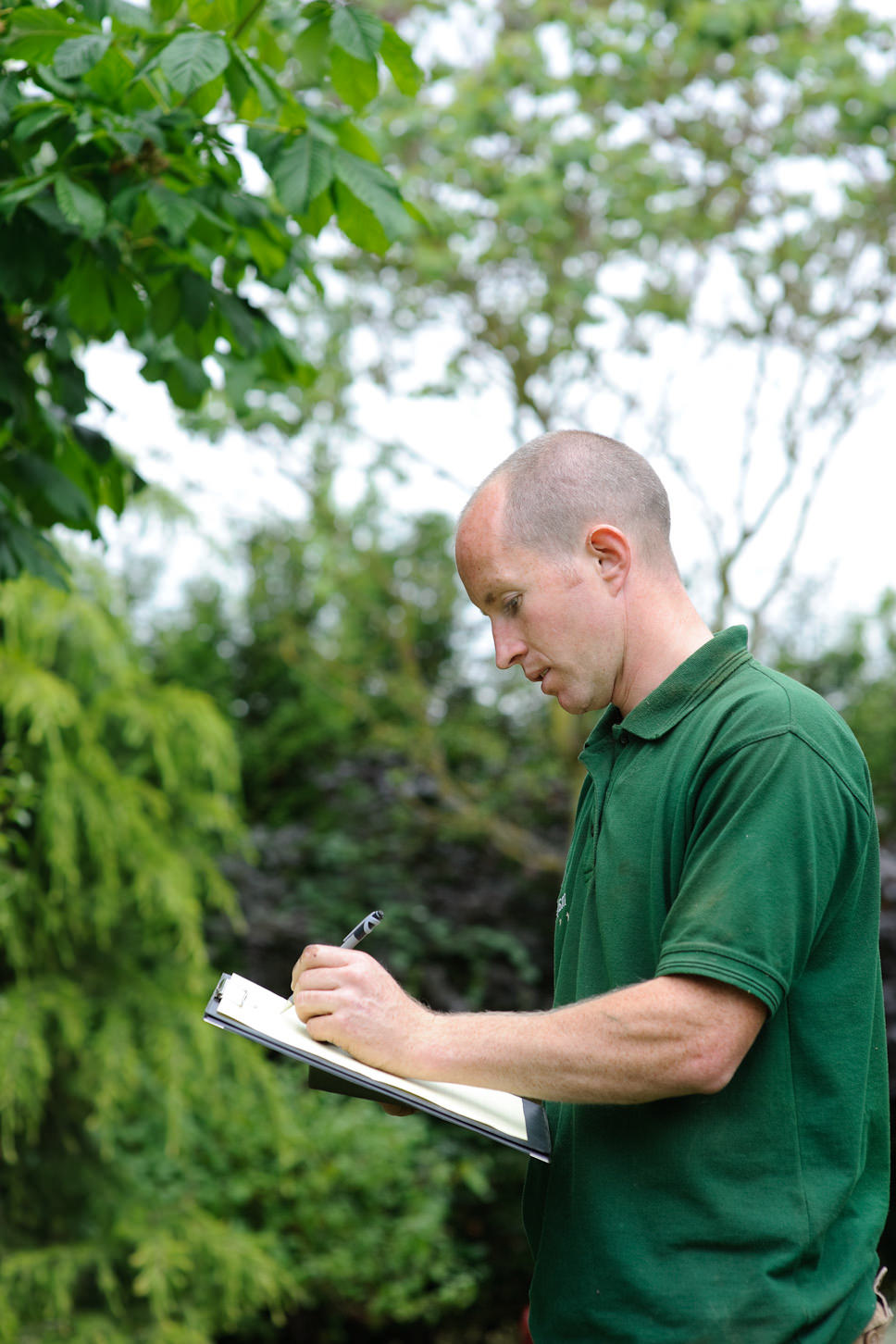By regularly inspecting your trees, you can prevent or reduce the severity of future disease, insect and environmental problems. These seven indicators will help you to assess a tree's health:
- Presence of new leaves or buds - absence of fresh growth, particularly in the spring, is a negative sign.
- Leaf size - new leaves will be small, but should reach full size by late June. Stunted, small leaves indicate stress, which is more typical of a newly planted rootballed tree rather than one grown in an Air-Pot. Keep in mind that newly planted trees may exhibit smaller leaves than is typical during their first growing season as their energy is diverted to developing a strong root system.
- Leaf appearance - mottled, deformed, discoloured or dead leaves (in summer) can indicate infection or poor health.
Twig growth - the tree's twigs should get longer each growing season. You can recognise new season growth as it will be softer and different in colour. Growth rates can be compared with previous seasons by looking for bud scars along branches of deciduous trees, as these mark where growth stopped each autumn.
Continual growth of the crown - the tree's crown should be getting gradually larger, in a balanced way, with no dead branches or marked lopsidedness. Note that it is natural for a tree to exhibit some crown asymmetry as it responds to environmental factors such as orientation of the sun or prevailing wind direction. For aesthetic purposes this can be corrected by targeted pruning. - Evidence of insect activity - not all insect infestation is cause for worry - most common problems, whilst temporarily unsightly, will not cause any long term harm to the tree. If unsure of the nature of the infestation, it is important to seek advice from a professional.
Condition of the trunk and bark - loose bark, deformed or irregular stem or branch growth, or presence of fungi can indicate stem decay or weakness. Some barks naturally crack and peel as they mature, so check the tree attributes before becoming alarmed.
Any abnormalities found during your routine health checks should be noted and acted upon appropriately. Should you require advice on how to resolve any health issues, you may wish to contact us or, as appropriate, a qualified tree surgeon or arborist.


